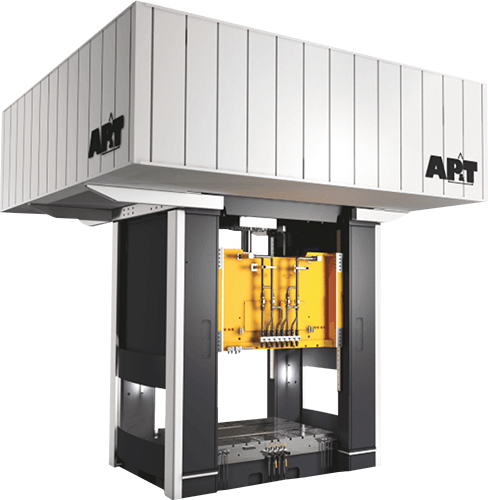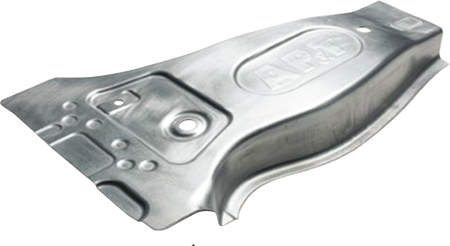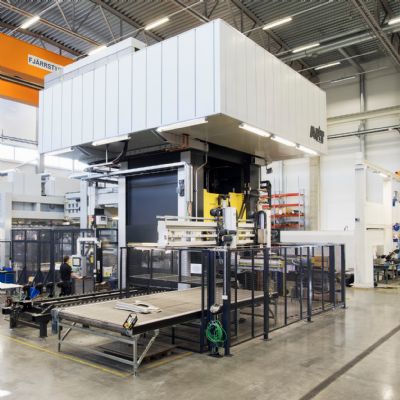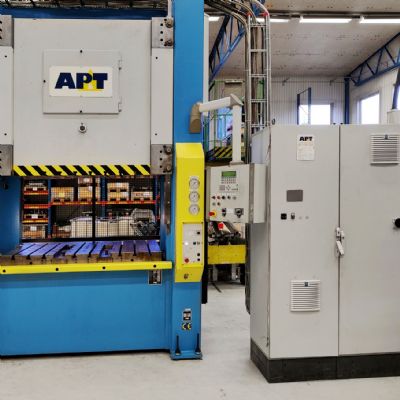 Lou Kren
Lou KrenAdvantages of Servo-Hydraulic Presses
May 1, 2018Comments
 Developments in stamping-press technology since the North American introduction of mechanical-servo presses at the turn of the 21st century have continued unabated. Newer materials, and newer methods to form these materials, boosted by the need for parts designed with safety and weight in mind, have driven the press-innovation trend. So, what’s next?
Developments in stamping-press technology since the North American introduction of mechanical-servo presses at the turn of the 21st century have continued unabated. Newer materials, and newer methods to form these materials, boosted by the need for parts designed with safety and weight in mind, have driven the press-innovation trend. So, what’s next?
How about servo-hydraulic presses? Servo drives deliver benefits now familiar in the industry, and those benefits have migrated over to hydraulic-press platforms. The technology’s relative newness deserves a close look into just what it can do for metalformers.
Toward that end, AP&T provided MetalForming with an overview of servo-hydraulic press technology and its benefits, along with some details on development of the company’s own hydraulic test press.
As servo-mechanical presses have shown, the addition of servo-motor drives and controls enable programmability for stroke movement and force. Precisely dialed-in settings can customize a press for each particular job, tool and material, and allow for new ways to form new materials.
Traditionally, mechanical and hydraulic presses each have offered specific benefits, with mechanicals providing higher stroke speed, simpler set up and maintenance, and high repeatability. Hydraulic presses deliver full energy throughout the press stroke along with freely programmable slide motion and energy control. Introducing servo motors into the hydraulic-press equation retains the stated advantages, with plenty more added.
About 10 years ago, AP&T studied the idea of controlling hydraulic presses less via hydraulic means and more through the use of electric motors, offers Patrik Haglund, the company’s product manager for presses, and Troy Hamilton, sales account manager. This arose from energy losses that long have been seen as a disadvantage in hydraulic-press use—from the drive system’s motor-pump operation and from the hydraulic system, including pipes, valves and the main cylinder.
Improved Drive Technology Drives Development
“Ten years ago,” explains Haglund, “the big drives needed for our hydraulic-press applications—motors that don’t run continuously but can be controlled in a high-performance manner and which are key to energy savings and improved performance—were too expensive or did not exist.”
 |
| This complex, high-strength-aluminum part provides one example of the capabilities and applications promised through the recent development of servo-hydraulic presses. |








